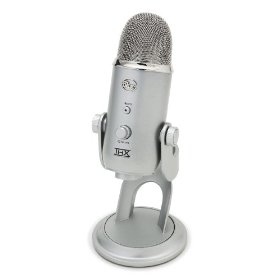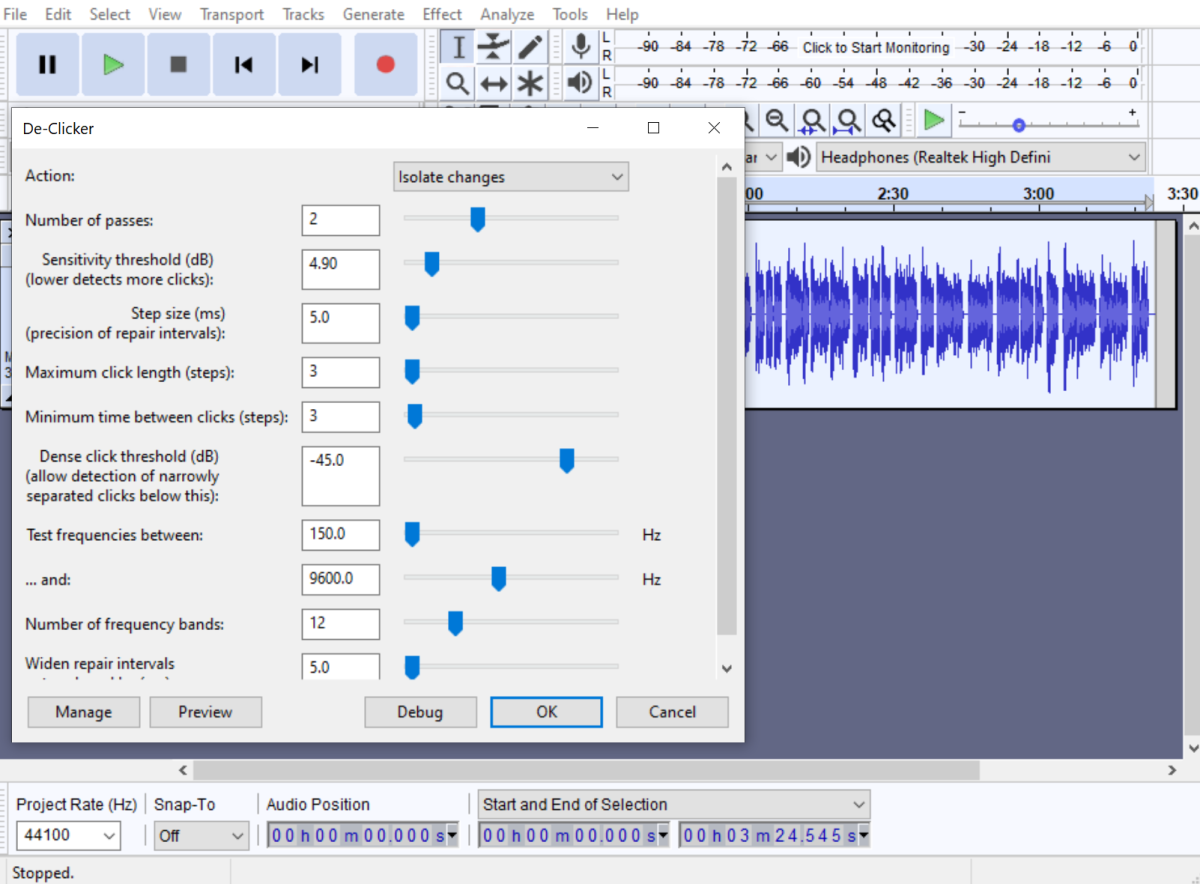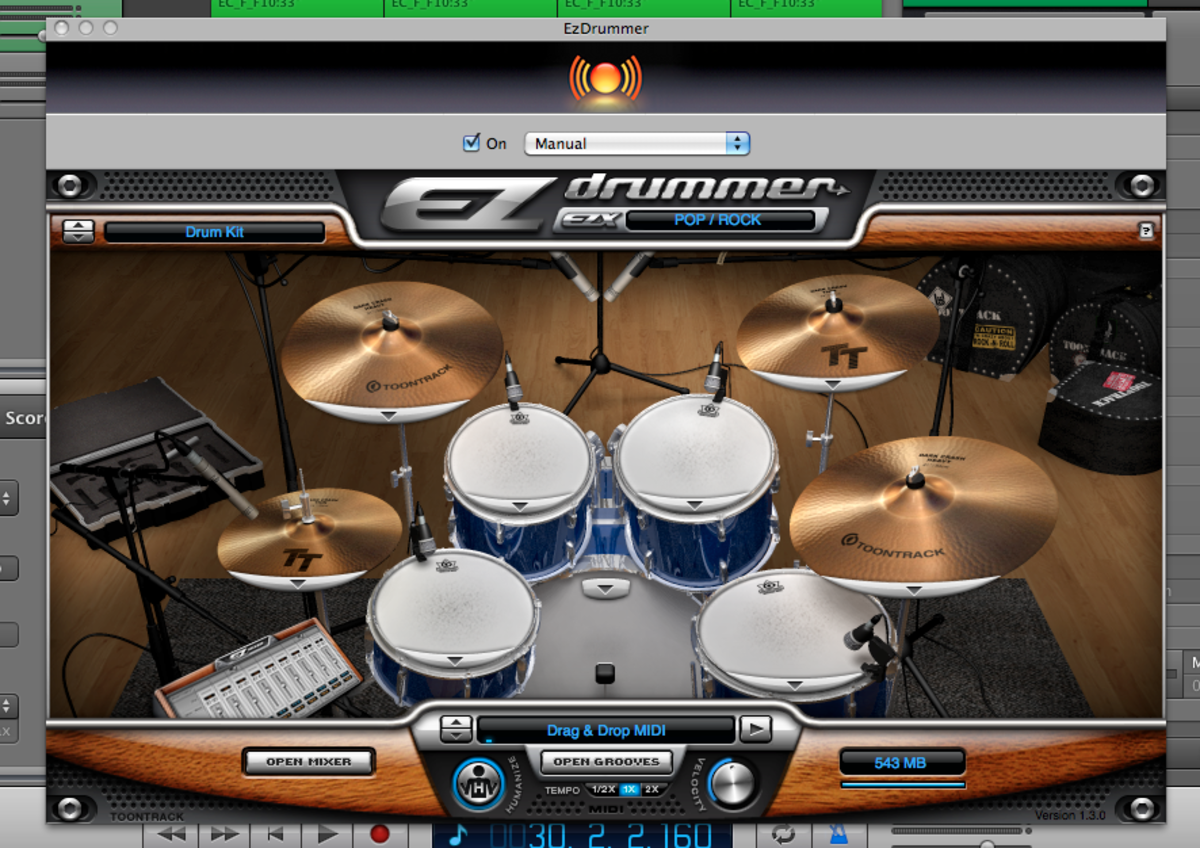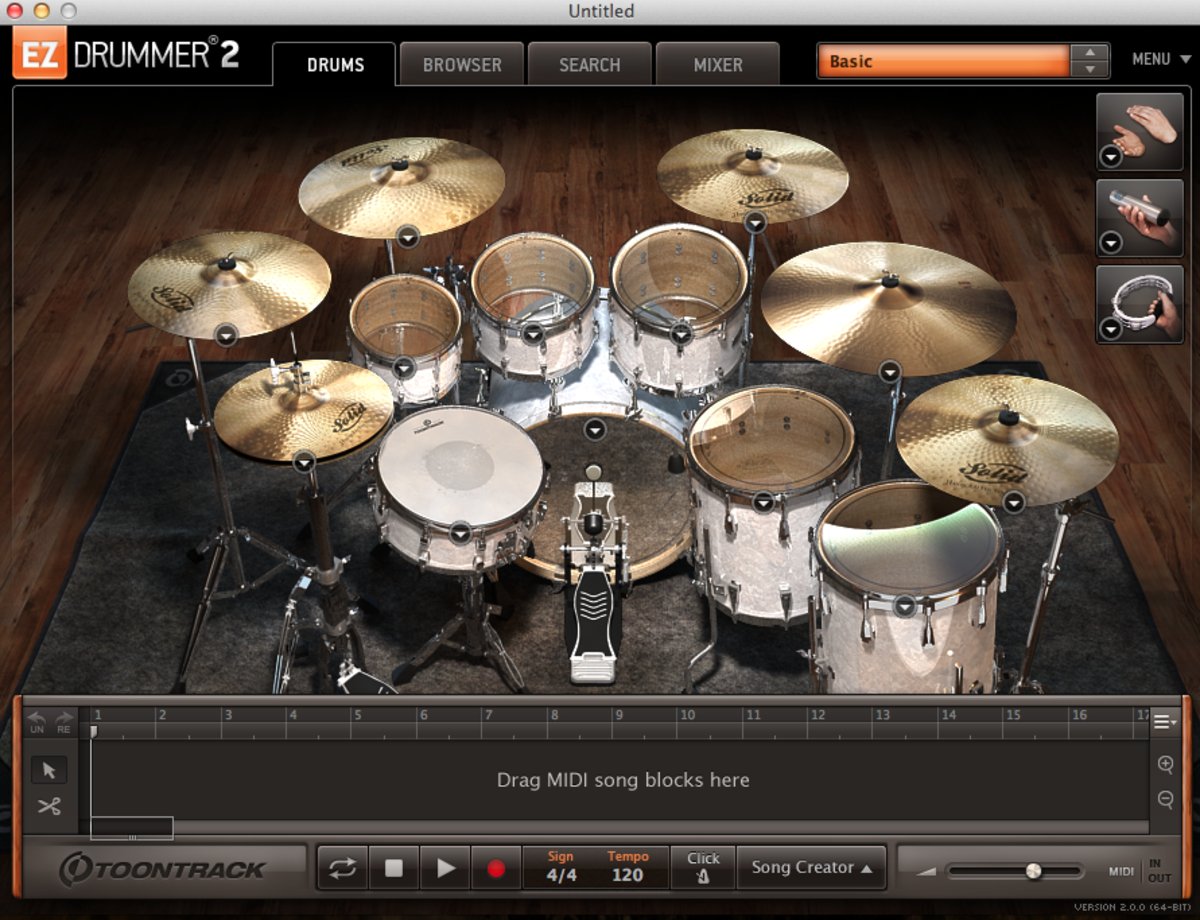Podcast Microphones - Best Microphones for Podcasting
Now that podcasting has become an extremely popular way for people to get information and entertainment online, a special group of podcast microphones have been created and marketed to podcasters who are looking for a high quality recording microphone. Let's face it, if the sound quality of your podcast is not good, there is a good chance your listeners will look elsewhere. You don't want to lose your audience because you cheaped out on the recording equipment, so a higher quality microphone is an essential tool for any serious podcaster. Audio gear, and that of course includes podcasting microphones, follows the rule of thumb common to electronics: you get what you pay for. That doesn't mean you have to spend a ton of money, though. High quality microphones from manufacturers like Audiotechnica, Samson, and Blue Microphones are all very good options for you to buy.

Before selecting the microphone for your podcast you
should learn some basics of microphone terminology and the types that
are out there. This will just be a quick overview to get you started,
but there are plenty of technical articles and books written with a lot
more detail. Just make sure you are selecting the proper microphone
for your setup and your needs, and don't forget that if you buy a cheap
mic, your podcast will probably sound like that was what you used to
record it with.
All microphones are just devices that turn
the mechanical energy of sound waves in the air into electrical
energy. These are very small forces, but the impulses are captured by
the microphone, and the method used can effect the sound quality and
output of the recording. There are two basic types of microphones that
you can consider. The condenser microphone and the dynamic microphones
are both certainly viable, but they operate on slightly different
principles.
Two Basic Types of Podcast Microphones
- The condenser microphones work off of a principle called capacitance change which involves a diaphragm capturing the sound and a capacitor plate moving in response to the sound waves. These microphones require an outside power source to work, but there are condenser USB microphones that are powered via the USB using something called phantom power. One good thing about this type of microphone is that it is capable of a wide frequency response.
- The dynamic microphones work using electromagnetic induction. This is essentially the principle behind loudspeakers operating in reverse. There is a voice coil which is a wire coil surrounded by magnets. Attached to the coil is the diaphragm which captures the sound, and as the sound waves vibrate they cause the coil to move in and out of the magnets. This produces the electric impulses which are recorded. These microphones are very robust and moisture resistant, but their dynamic range may be limited. To counteract this some models have multiple membranes or diaphragms capable of capturing different sound frequencies better thus allowing them to attain a range similar to that of the condenser mic.
Another thing to consider is whether your podcast
microphone will be an omnidirectional or cardoid polar pattern, also
known as unidirectional. The omnidirectional style captures sound from
all sides, which can be good, but might also capture unwanted
background noise if not isolated properly. The cardoid, which can have
more specific variants, captures sound from one general direction, as
you might have guessed. Again, this is a decision based on what type
of microphone suits the needs of your podcasting setup the best.
If
you want to learn more about the technical aspects of microphones, the
Wikipedia article is a good
resource.
Another option for some people looking for podcasting microphones for computers is the
combo headset with microphone. This works, and there are a couple of
better quality outfits available, but it will not exceed the quality of
a good standalone mic as the ones displayed here on this page. I have
included a headset, though, if you wish to purchase one and try out, as
they are also good for using with speech recognition software.
As
a final consideration, have you been listening to a recording and heard
a loud pop sound whenever the person says a "P" sound? This is picked
by by most microphones and it easily remedied by the use of a pop
filter. This is often just a foam sleeve over the mic, so if your
selection doesn't include it, it is definitely something you might want
to consider adding to your podcast microphones.
Hopefully this is
helpful to you. Just check out the specific selections I have arrayed
here, and make your purchase now to improve your podcasts going forward.









